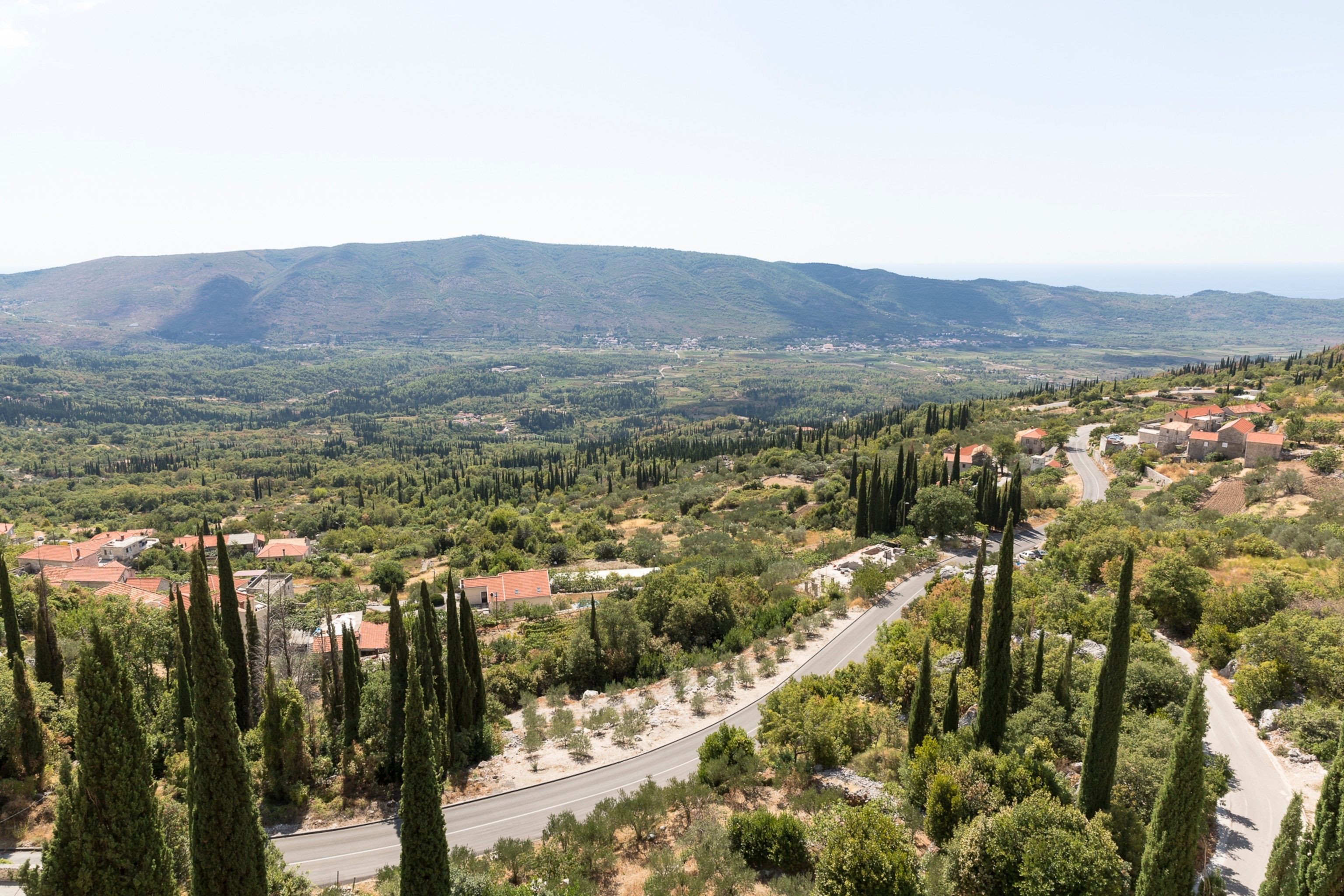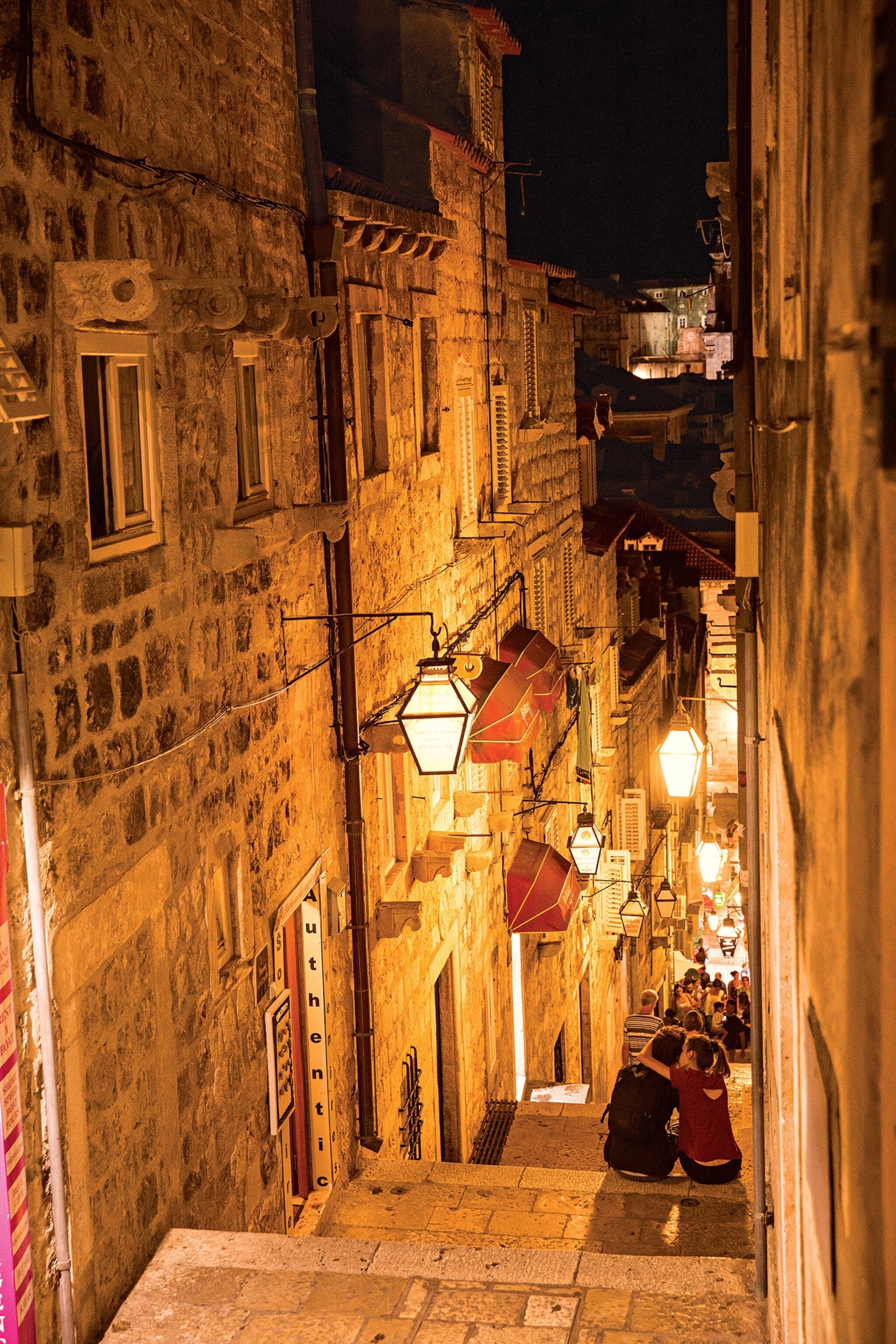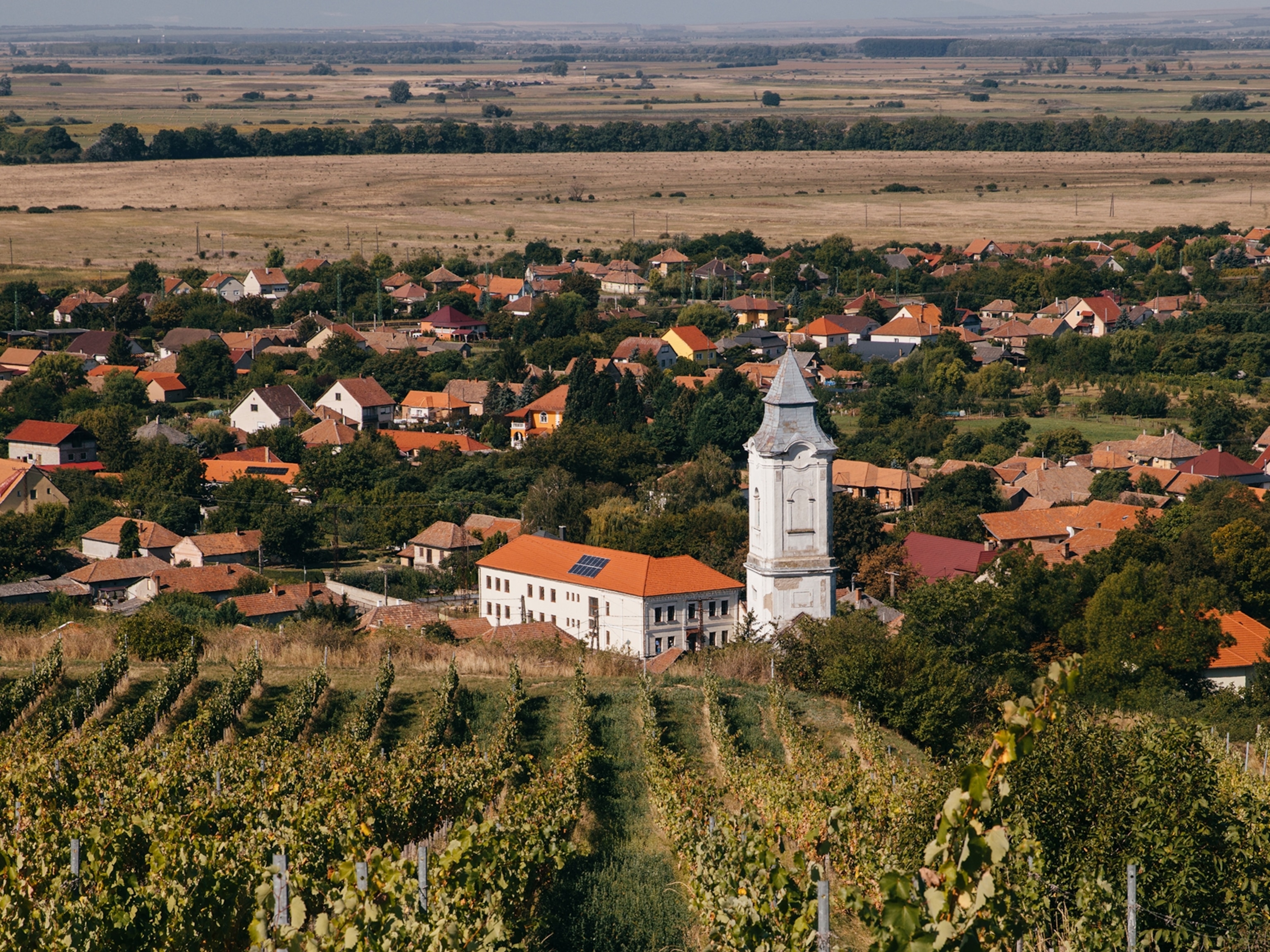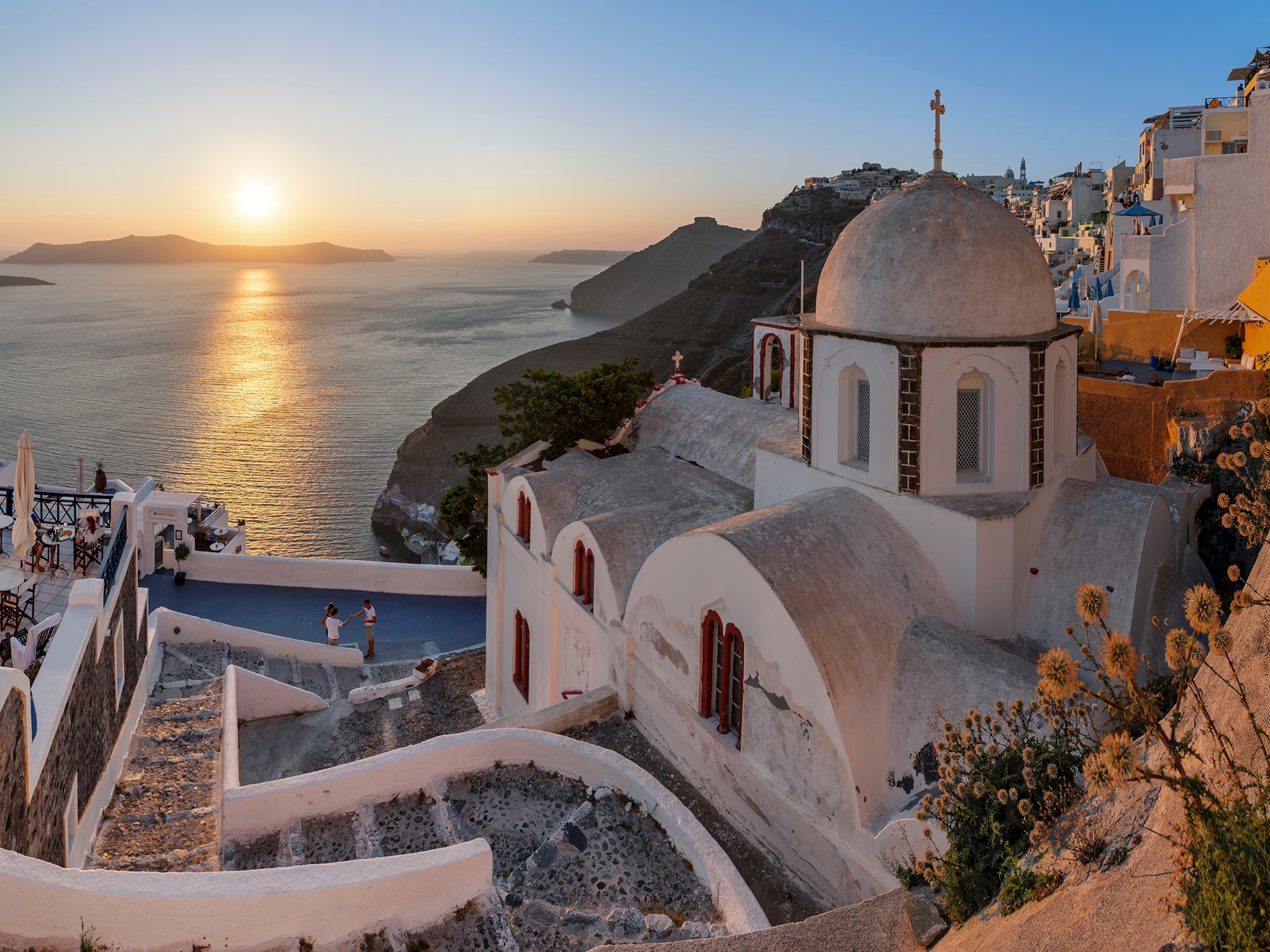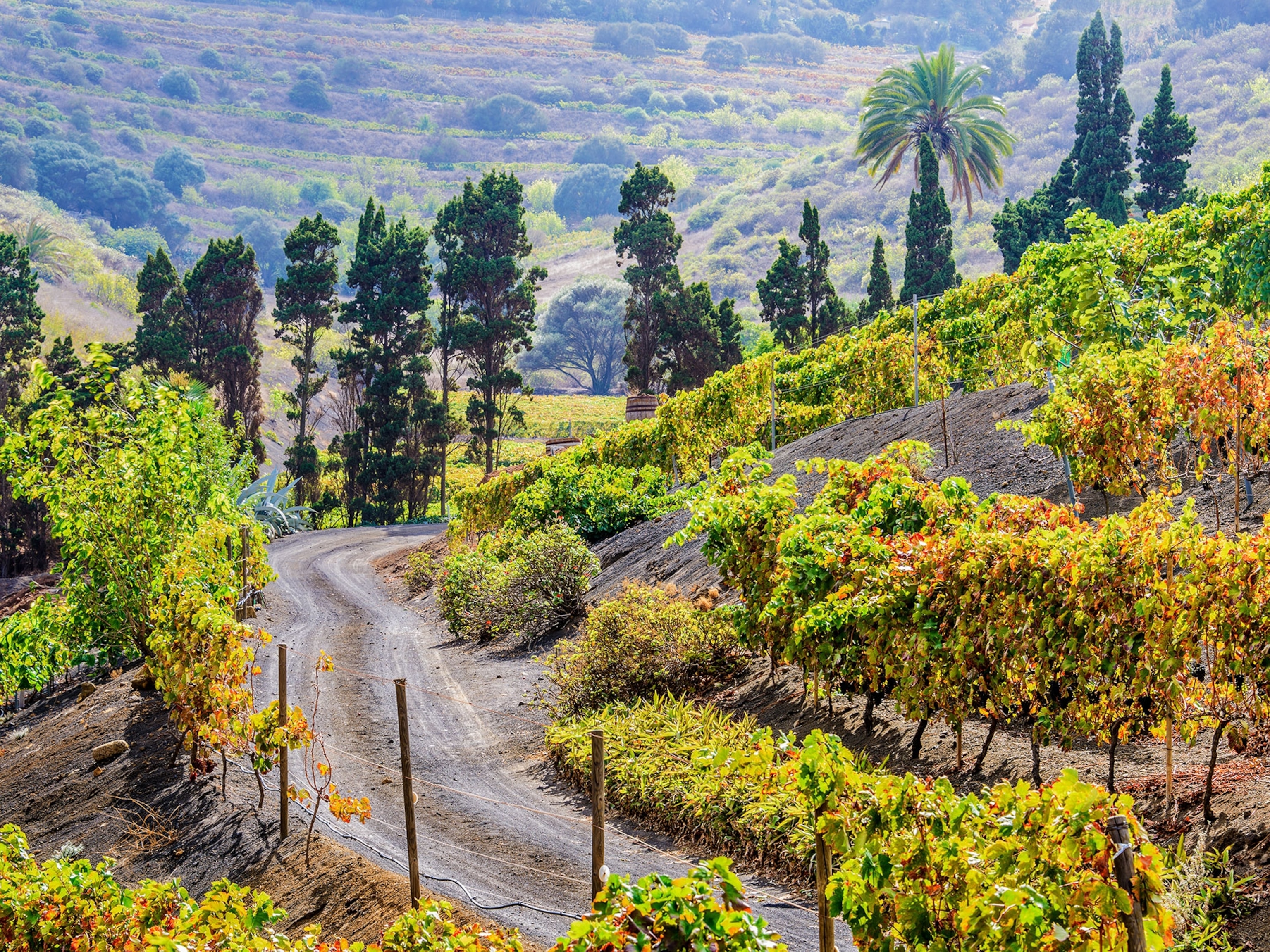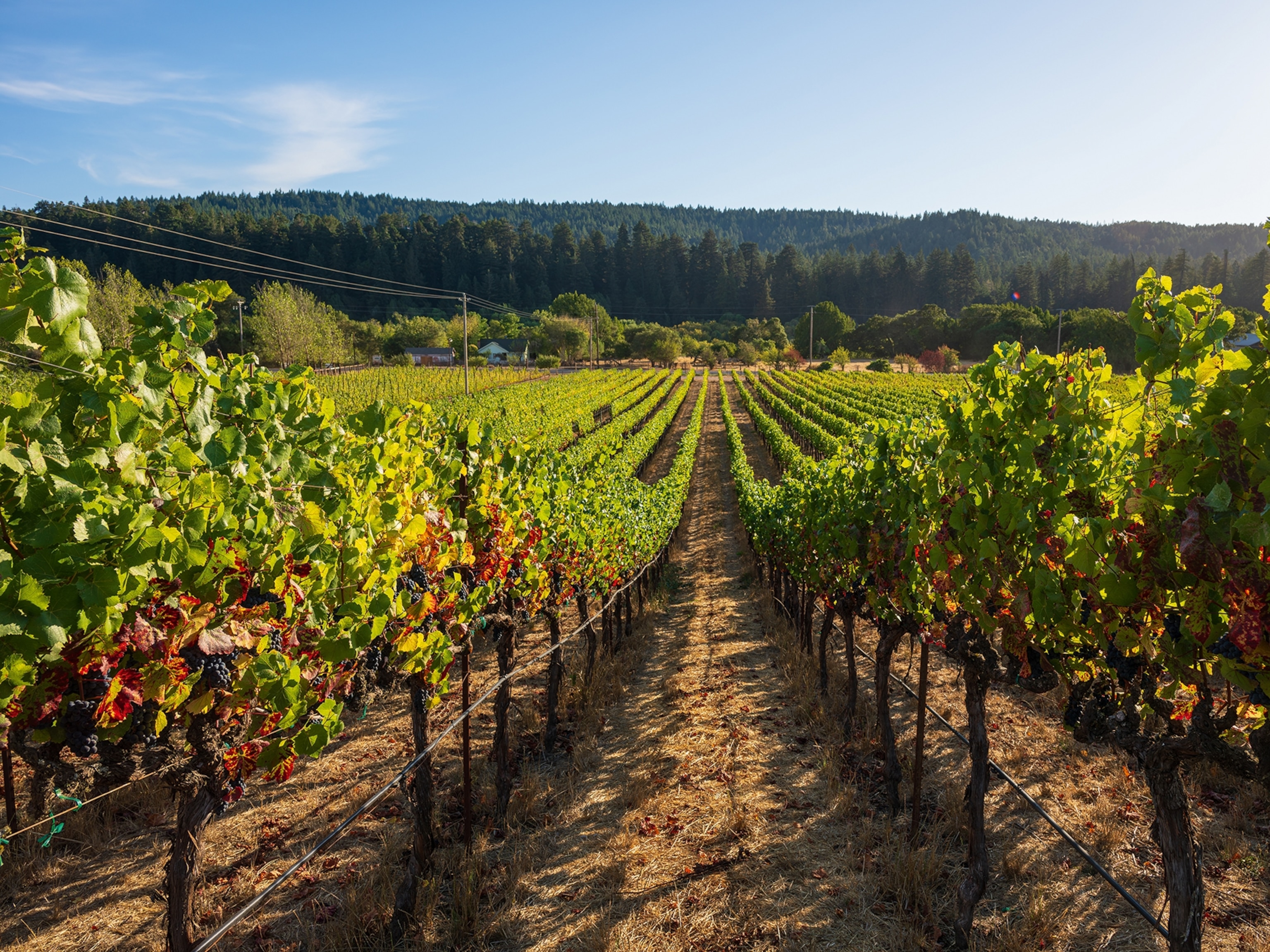
This Croatian Seaside Paradise Has Made Delicious Wine for 2,400 Years
Locals on the Adriatic island of Hvar have cultivated olive groves and vineyards since Greek colonists arrived in the 4th century B.C.
Every summer and fall, residents on the Croatian island of Hvar harvest the fertile plain outside the town of Stari Grad. They scythe herbs and lavender for essential tinctures, liqueurs, and countless bags of potpourri, as bees buzz and float atop the seductive, earthy aromas. They assemble in the groves to pluck olives, which are pressed into green, Dalmatian oil. And they come, baskets and tools in hand, to snip bunches of grapes for white and red wine. Under sharp blue skies and within a grid of ancient plots, divided by chest-high drystone walls and wedged between the mountains and the Adriatic Sea, the islanders have assumed this metronomic, seasonal rhythm for thousands of years.
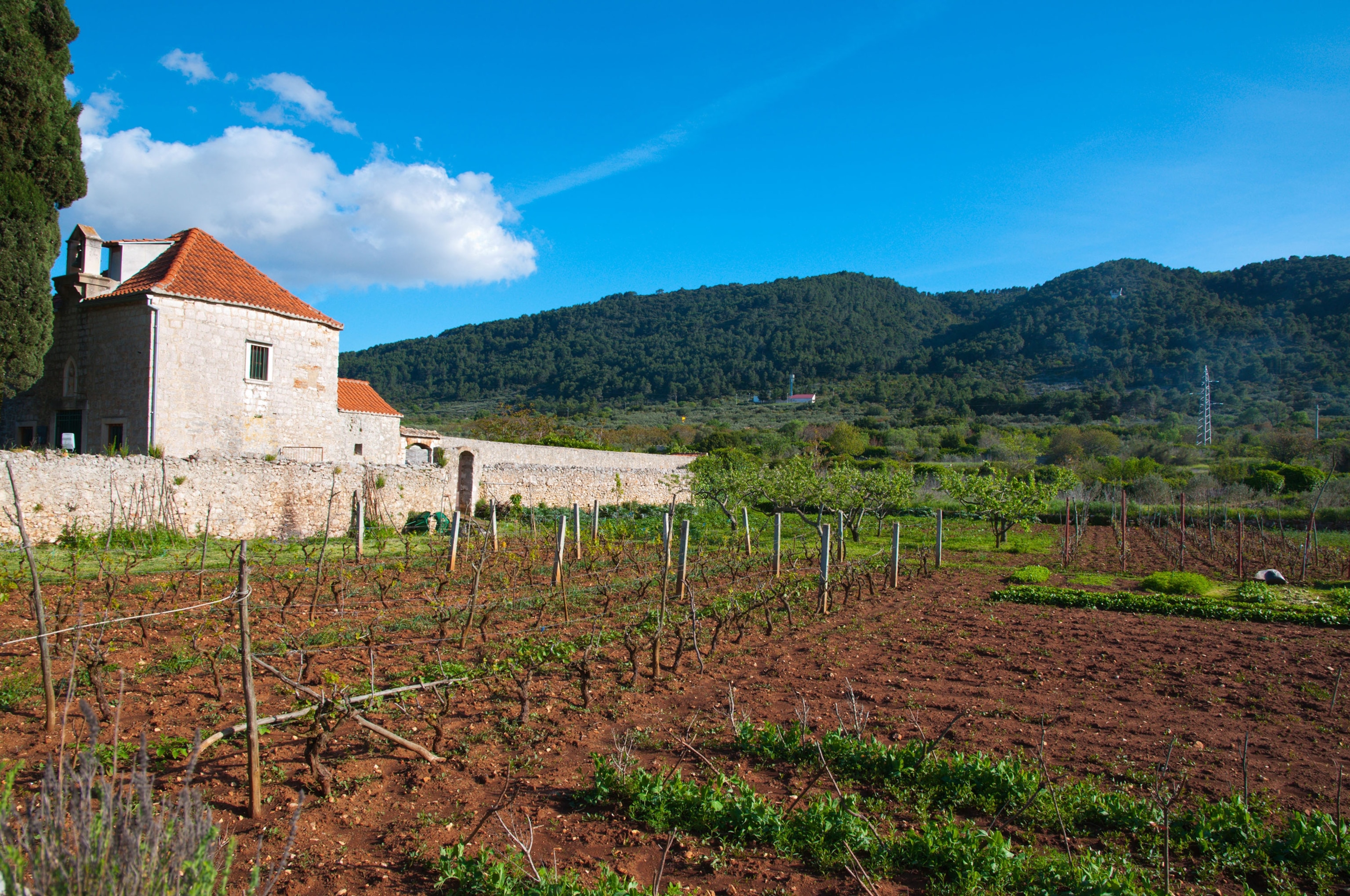
During that span, the farmers on Hvar—a two-hour ferry from the mainland harbor of Split—have observed the same system for parceling land and employed many of the same cultivation tactics. The Stari Grad Plain became a World Heritage site for this reason in 2008. More than just an archaeological site, its protection shines an authentic light on ancient, and still-working, agricultural practices. The Plain, according to the official UNESCO inscription, is “a cultural landscape that has remained practically intact since it was first colonized by Greeks from Paros in the 4th century B.C.”
From the moment the Greek colonists set anchor on the Adriatic isle, it was clear this was more than a quick layover. In 384 B.C., they founded the town of Pharos, today’s Stari Grad (which means Old Town in Croatian). The new residents began cultivating the nearby plain, which measures approximately 3.72 miles (six kilometers) from east to west and 1.24 miles (two kilometers) north to south. They were meticulous in their planning. Grapevines and olive trees were planted within assigned, rectangular divisions. Rainwater-collecting cisterns were built. They also constructed a defense system of watchtowers, which communicated through smoke signals.
Related: See the Beauty of Dubrovnik, Croatia
The Plain, where some 120 archaeological finds have been identified, is open to visitors. Tourists can walk among the paths and medieval, cobbled walkways to the remains of prehistoric and ancient buildings and through what Ivana Protulipac, a site archaeologist, calls, “the best-preserved Greek cadastre in the Mediterranean.” Travelers also can take guided tours around the farm plots, such as one with Hvar Life, which combines cycling with a historian and a tasting at a local family winery.
“The Stari Grad Plain is important for me because it is a space which has lived for 2,400 years—and still does,” says Frančesko Duboković, the UNESCO site’s manager for development and protection. “But, this is more than a tourism spot. The Plain is important for visitors because they will witness how agricultural production was, and still is, important for living on this island.”
Learn more about visiting the Stari Grad Plain World Heritage site at VisitWorldHeritage.com/StariGrad
- National Geographic Expeditions
Based in Zagreb, Alex Crevar regularly writes for National Geographic Travel, most recently about Albania's forgotten bunkers. Follow him on Twitter.

